The LED industry has been steadily advancing since the 1960s; this development in LED technology has caused their efficiency and light output to rise exponentially. This trend is generally attributed to the parallel development of other semiconductor technologies and advances in optics and material sciences. In the early 2000s, processes for growing gallium nitride (GaN) LEDs on silicon were successfully demonstrated. In 2012, high-powered LEDs such “GaN on Si” LEDs were demonstrated to have commercial feasibility. It has been speculated that the use of six-inch silicon wafers instead of two-inch sapphire wafers and epitaxy manufacturing processes could reduce production costs by up to 90%. The result of these advancements have made LED technologies for consumers more accessible than ever before.
Advantages of LED
- Efficiency: LEDs emit more lumens per watt than any other light source. LEDs can achieve up to 90% and 40% energy efficiency when compared to typical incandescent and fluorescent lighting respectively.
- Lifetime: LEDs can have a relatively long useful life with a L70 in excess of 100,000 hours. Fluorescent tubes are typically rated at 10,000 to 15,000 hours and incandescent at 1,000 to 2000 hours. However, this varies greatly depending on the application of the LEDs due to heat degradation. LED tubes typically last 30,000 to 50,000 hours, but high quality LED fixtures can last 100,000 hours or more.
- Maintenance: LEDs require relatively low maintenance when compared to other light sources. Several reports by the Department of Energy (DOE) suggests that this is where the greatest costs savings are made and not in lower energy costs.
- On/Off Time: LEDs will light up and achieve maximum brightness very quickly compared to fluorescent which needs to warm up. This makes them perfect for dark rooms where the light is usually off.
- Color: LEDs can emit light of specific wavelengths to produce colors without using any color filters required by traditional light sources. This means greater efficiency and lower manufacturing costs.
- Cool light: In contrast to most light sources, LEDs radiate very little heat in the form of IR that cause damage to sensitive objects and fabrics. Instead, heat is dissipated through the base of the LED. In addition, LEDs lower the cost of A/C by reducing energy waste in the form of heat.
- Flexibility: LEDs can be very small (< 2 mm2) and are easily attached to printed circuit boards allowing for greater design flexibility and full control over how light is emitted from the fixture.
- Focus: LEDs emit light in the direction where illumination is needed. In contrast, traditional light sources emit light in all directions and therefore require reflectors which increase inefficiencies. An optical lens can also be placed directly over each LED to further focus the light emitted, reducing inefficiencies due to the dilution of the light source.
- Cycling: LEDs are ideal for applications subject to frequent on-off cycling; they are unlike HPS lights which fail earlier when cycled often or HID lamps which require a long restart period.
- Dimming: LEDs can easily be dimmed either by pulse-width modulation or lowering the forward current allowing for exceptional lighting control.
- Shock resistance: LEDs are solid-state devices making them highly resistant to shock caused by physical damage; this is unlike fluorescent and incandescent bulbs which are extremely fragile.
LED Lifespan
Many LED light manufacturers rate their fixtures at 100,000 hours lifespan, but at an ambient temperature of 25°C. In reality, this is not the case for most light applications as ceiling temperature is drastically higher than room temperature due to heat rise. Low quality fixtures struggle to manage this excess heat from the environment. This means that given two fixtures with a similar rated life span, but different build quality, their performance in a more non-ideal environment will be completely different. We take this into consideration when designing all of our light fixtures so that the ideal operating temperature encompasses a wide variety of environments.




